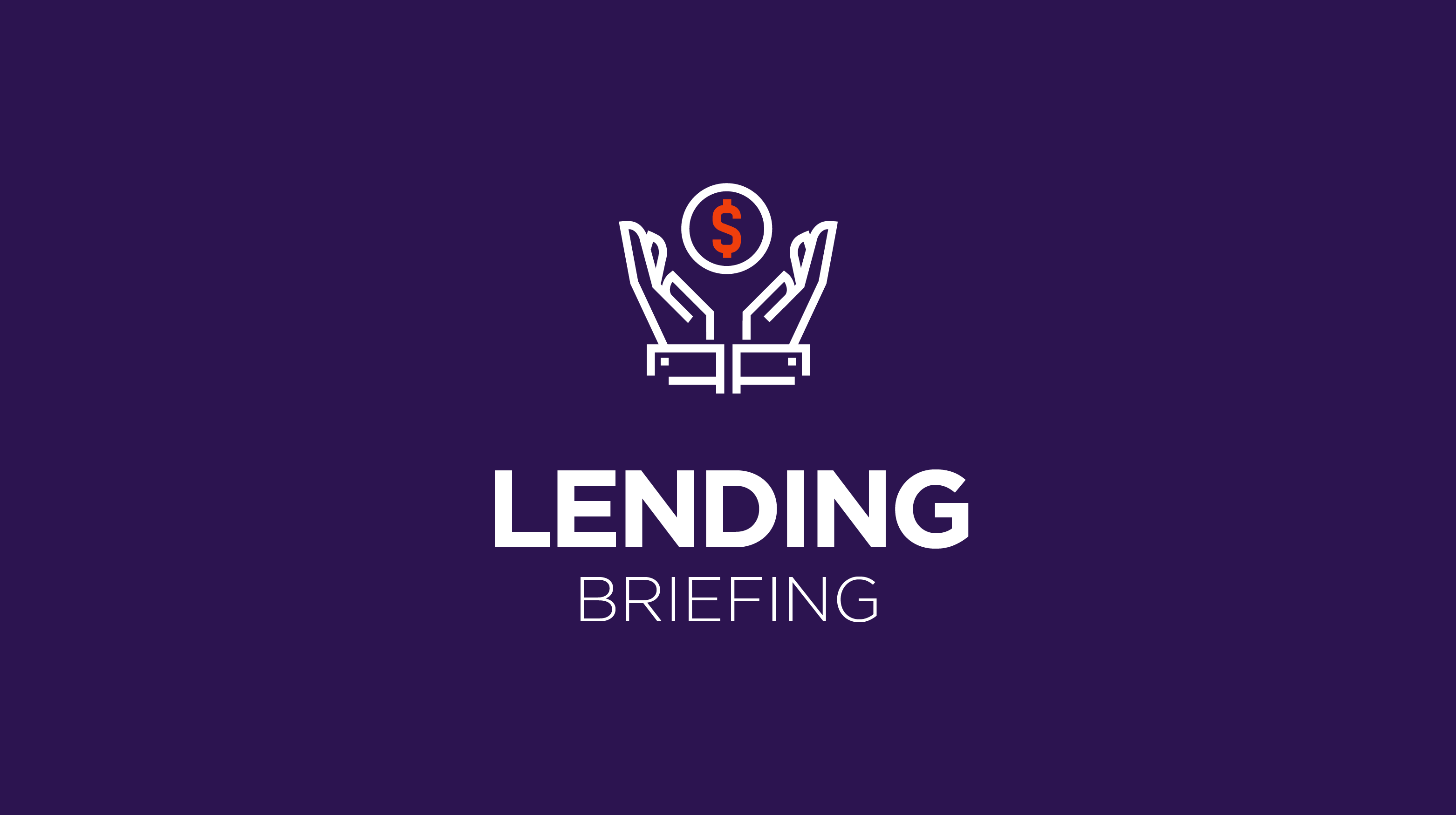Member Exclusive
Lending Briefing: Five questions with Vince Passione, CEO and founder of LendKey
- LendKey founder and CEO Vince Passione talks to Tearsheet about the evolution of the lending-as-a-service model, as well as the current macro lending landscape.
- Alternative lending is getting traction in some global markets, driven by Big Tech increasing its footprint in financial services.








